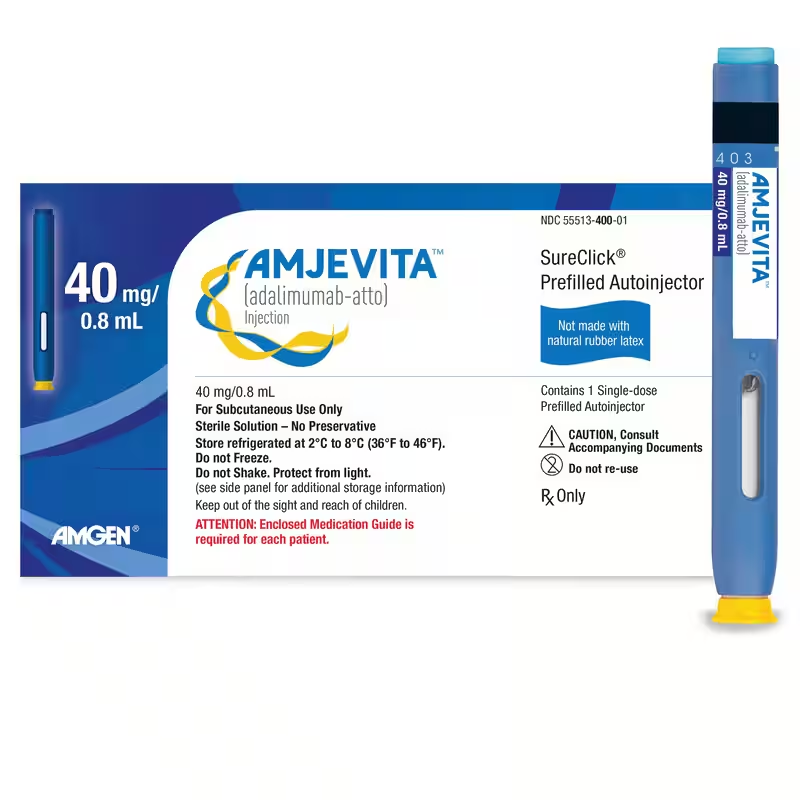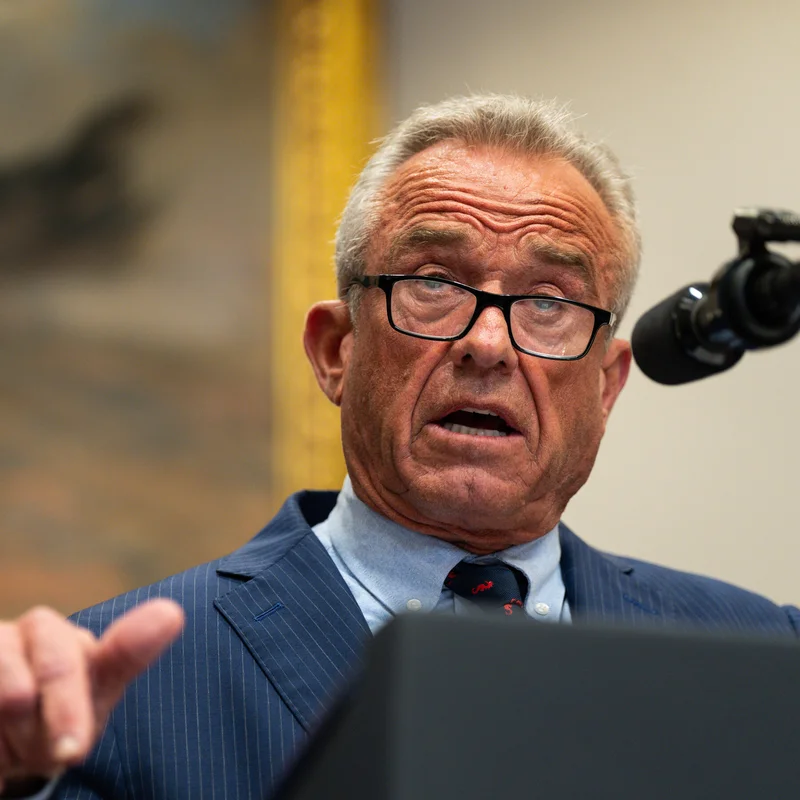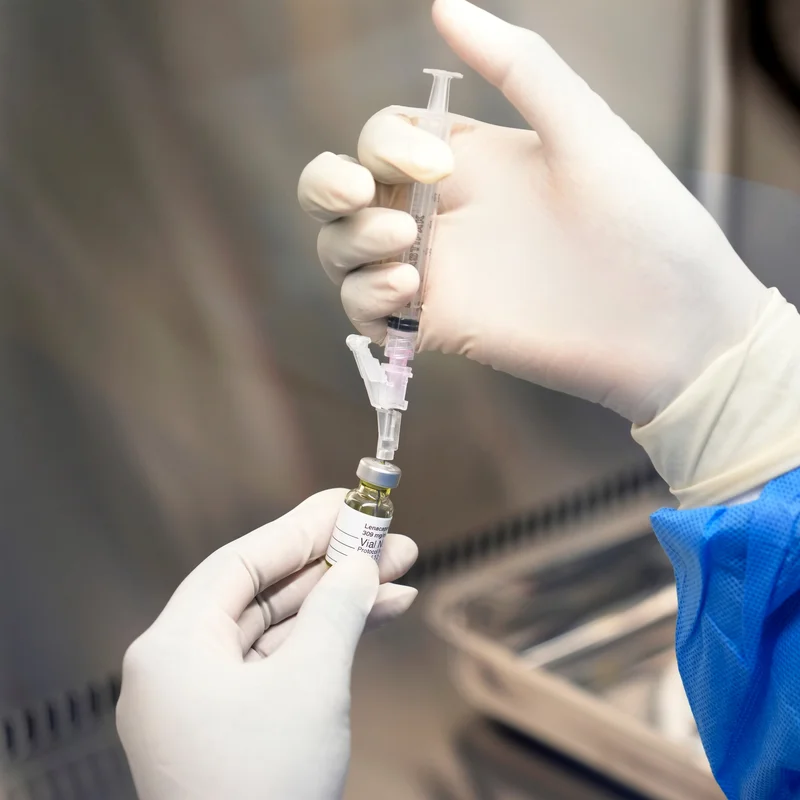The U.S. Food and Drug Administration (FDA) just took a bold step toward lowering prescription drug costs—by slashing red tape for biosimilar drugs, the complex, lower-cost alternatives to blockbuster biologic medications. Announced on October 29, 2025, the move could reshape how Americans access life-saving treatments for conditions like cancer, diabetes, and rheumatoid arthritis.
Table of Contents
- What Are Biosimilars?
- Key FDA Regulatory Changes
- Will This Actually Lower Drug Prices?
- Brand-Name Drugmakers Push Back
- What Comes Next for Patients?
- Sources
What Are Biosimilars?
Biosimilars are not your average generic pills. Unlike chemically synthesized generics, biosimilars mimic biologic drugs—medicines made from living cells, often administered via injection or infusion. Think Humira for arthritis, Lantus for diabetes, or Herceptin for breast cancer.
Because biologics are incredibly complex, creating a near-identical copy is both scientifically and legally challenging. Until now, biosimilar developers had to run costly clinical trials to prove their version worked just as well as the original—a process that could take 5 to 8 years and cost tens of millions of dollars.
Key FDA Regulatory Changes
Under the new guidance, the FDA will no longer require most biosimilar makers to conduct full-scale clinical trials proving therapeutic equivalence. Instead, developers must demonstrate that:
- Their molecular structure closely matches the reference biologic
- Their manufacturing process ensures consistent quality
- There are no clinically meaningful differences in safety or efficacy
“This move could halve approval timelines,” said FDA Commissioner Dr. Marty Makary, estimating that biosimilar development costs could drop by tens of millions per drug.
The agency also plans to empower pharmacists to substitute biosimilars at the pharmacy counter—similar to how generic pills are swapped today—provided the biosimilar is deemed “interchangeable” by the FDA.
Will This Actually Lower Drug Prices?
Potentially—but with caveats. While biosimilars already account for over 60 products on the U.S. market, they’ve struggled to gain traction. Despite being 15–35% cheaper than brand-name biologics, they represent only a sliver of total drug spending.
Why? Because brand-name companies have deployed aggressive tactics—like “patent thickets” and pay-for-delay deals—to keep competitors off shelves for years, even after FDA approval.
“I don’t really see this regulatory change as an alleviation of the real bottleneck,” said Brian Skorney, a drug industry analyst at Baird, noting that legal and market-access barriers remain formidable.
Brand-Name Drugmakers Push Back
The pharmaceutical lobby, represented by PhRMA, quickly responded to the FDA’s announcement—not by defending high prices, but by shifting blame. They argue that pharmacy benefit managers (PBMs), the powerful middlemen in the drug supply chain, often exclude biosimilars from insurance formularies, limiting patient access regardless of FDA approval.
Still, Health Secretary Robert F. Kennedy Jr. didn’t mince words: “For too long, government bureaucracy and regulatory barriers have protected monopolies,” he said at Wednesday’s press conference. “The pharmaceutical industry rigged the rules.”
What Comes Next for Patients?
If the FDA’s plan succeeds, patients could see:
- Faster access to lower-cost alternatives for chronic conditions
- More competition driving down prices of biologics over time
- Greater pharmacist autonomy in dispensing biosimilars
However, real-world savings depend on whether insurers and PBMs actually cover these drugs—and whether courts stop brand-name companies from extending monopolies through litigation.
For now, the FDA’s move is a significant signal: the era of unchecked biologic pricing may finally be ending.
Sources
The New York Times: F.D.A. Moves to Speed Approvals for Cheaper Copycat Drugs
FDA: Biosimilars Information
PhRMA Statement on Biosimilars




